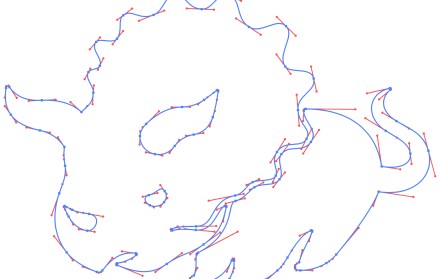
Illustrator Pen Tool (Triceratops) Tricks
Deke shows you exactly where to put the anchor points and place the control handles for drawing his Triceratops logo.
Your weekly quick-fix of Deke, with ideas you may inspire or inform your own projects.

Deke shows you exactly where to put the anchor points and place the control handles for drawing his Triceratops logo.
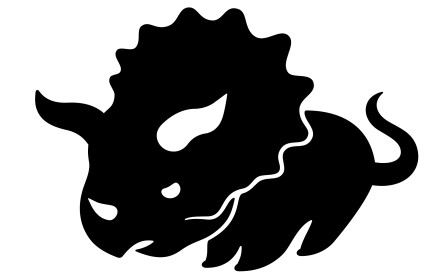
Deke begins the time-traveling journey of creating a triceratops-themed logo in Adobe Illustrator.
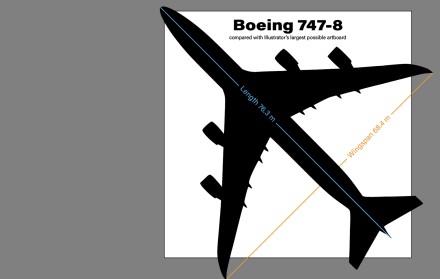
Deke explores the possibilities of the extra large artboards you can now create in Adobe Illustrator 2021.
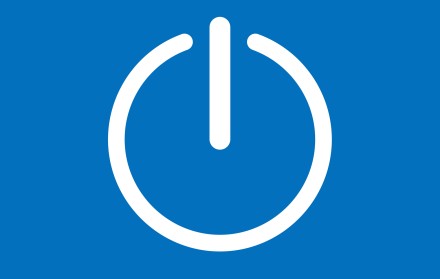
Deke uses some handy shape features in Adobe Illustrator to draw the universal power symbol.
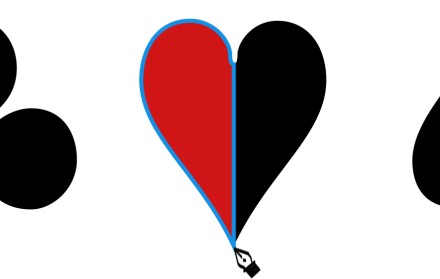
Deke shows you how to trace a pixel-based heart with the Pen tool in Photoshop in order to make smooth, artifact-free scaleable shapes.
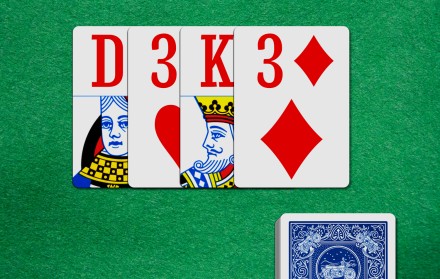
Deke uses the characters on playing cards to spell a very important word in Photoshop.
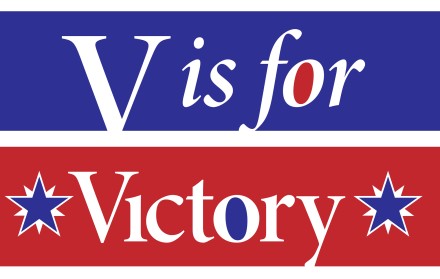
Deke uses the new Snap to Glyph option in Adobe Illustrator 2021 to fill in the counters of a few O's with a relative ease that was previously hard to come by.
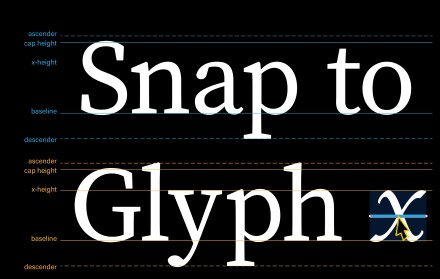
Deke shows you the ups and downs and in-betweens of the Snap to Glyph feature in Illustrator, that allows you to align your object with a specific letterform (and a specific part thereof).
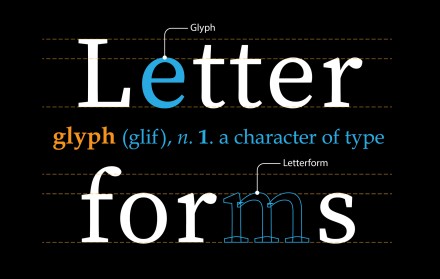
Deke explores Adobe Illustrator 2021's ability to snap objects into alignment with different parts of letterforms, which Adobe calls Snap to Glyph
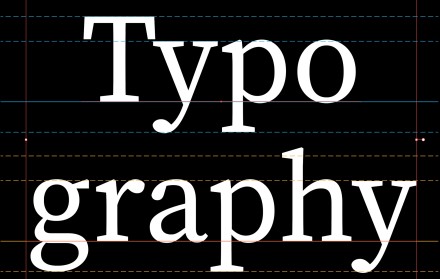
Deke demonstrates the immense usefulness of Adobe Illustrator's new Align to Glyph features, which give you better control when aligning to point or area type.
Deke uses layer effects and some meticulous masking in Photoshop to make text on the side of his van look like it belongs there.

Deke takes you on a road trip with Photoshop's Line tool and points the way with a quasi-dynamic arrowhead.